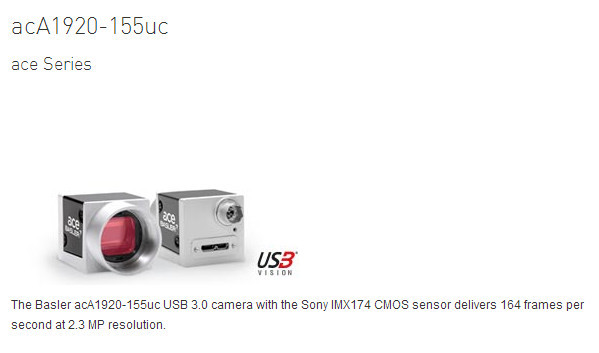After a couple of tries I have extracted an email from them which appears to say that their rolling shutter removal feature would not work on a propeller.
This is what I suspected, since their demo video was taken out of a car driving past some vertical objects.
I have been playing with the Sony FDR-1000V and a variable ND filter formed by two circularly polarised filters rotated against each other.
This video is interesting
It has to be said that the 1000V doesn’t have anywhere near as bad an effect as a go-pro for example (or every other “webcam” camera I have tried over the years). But, as can be seen in parts of the above video where no filter is present, it is still bad enough to want reducing.
I have no way to measure the ND number of the filter I ended up with, but it is darker than ND4 because I have an ND4 filter (on the Canon G10 camcorder, which needs it to enable the use of 1/80 shutter, required to totally remove the prop effect, on a bright day) and that wasn’t enough. It probably is ND8 or darker.
It was very bumpy this morning…
The challenge will be how to attach the ND filter to the camera. I can think of a couple of ways, one involving machining the waterproof housing.
Well, that’s exactly what ND filters – variable or fixed – are for: reduction of light to achieve the desired shutter speed.
Can’t you use the camera’s metering to work out a rough value for the nd density?
This is a video I did the other day with a GoPro + ND4 filter. The filter is a usual 52mm one attached on the front of the GoPro via the cheap adapters you can buy on eBay. The GoPro looks funny with the big filter on the front, but they say the big filter size removes any unwanted vignetting especially on SuperView mode (as in the video). Also it comes handy to have one filter size too (I also have a D3100).
The filter cut the annoying rolling propeller, but as can be seen, a stronger one is needed. I have a variable filter on order and will post my results.
Can’t you use the camera’s metering to work out a rough value for the nd density?
I don’t think there is any way to read out the auto exposure value.
Unless you are suggesting setting the exposure to Manual and then tweaking it to get the same brightness with the filter on? Yes that might work.
Some people on the action cam forums said that ND filters reduce the quality a lot. I cannot see any evidence for that.
Atmilatos – what is the angle of view on that one? The horizon is surprisingly undistorted for the stock lens. I am using the 1000V at 120 degrees, which is what one gets automatically if enabling stabilisation. The default is 170 which distorts pretty badly.
Peter wrote:
Unless you are suggesting setting the exposure to Manual and then tweaking it to get the same brightness with the filter on? Yes that might work.
Yes, pretty much. Or shutter priority mode / aperture priority mode and see how the shutter speed/f-stop change with and without the filter.
I don’t think any of these cameras have such options. My £1500 (2012) Canon G10 has all that, and setting the shutter to 1/80 removes the prop totally. The problem all these “webcams” have is that they don’t have a proper shutter function. They also don’t have an iris so no independent aperture control. The shutter speed (and everything else) seems to be achieved by reading the sensor in different ways (lots of stuff on google about this; I haven’t read it).
Global shutter mode is coming; apparently the sensor in this camera is capable of it already but they chose to not use it, presumably for marketing (product differentiation) reasons.
Peter wrote:
Atmilatos – what is the angle of view on that one? The horizon is surprisingly undistorted for the stock lens.
It is the stock lens in SuperView mode, which takes the 4:3 sensor and stretches it to 16:9, so that you can see more of the sky. Maybe in the normal wide view the distortion is more.
There are now other global shutter options, from the various industrial (“machine vision” is the fashionable name) cameras – example

This is micro-4/3 and there are plenty of lenses.
One challenge is that it is USB3 so needs a windows computer connection to extract the data, at the specified frame rate, say 50fps. Another is the 0C minimum temperature so it would need to be heated but that is fine since a cable has to go to it anyway.
Not ideal for far-out mounting but interesting all the same. One can draw power from wingtip lights, which also provides a means of remotely shutting it down if necessary.
The above camera, which can do 150fps so 50fps is easy, is £730, plus the lens.